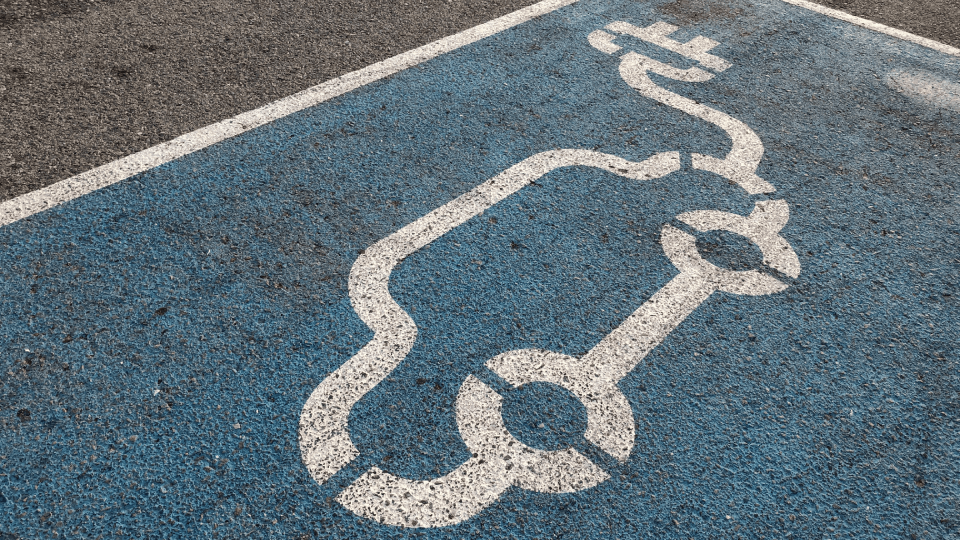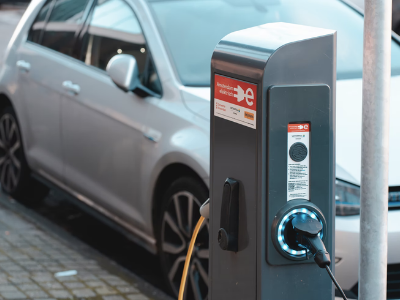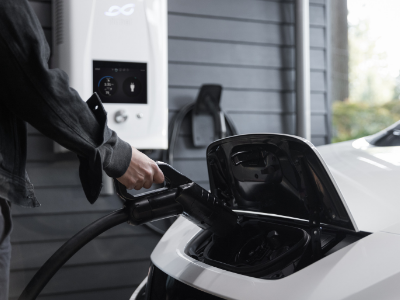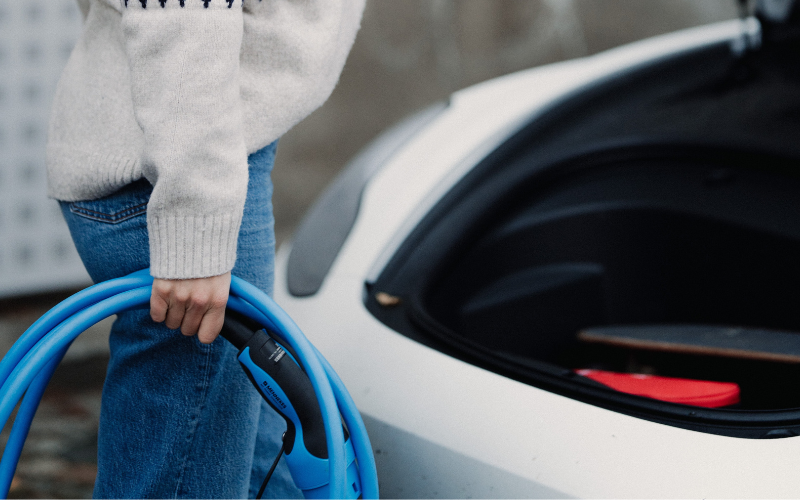Electric car subsidy: six steps for a €2000 subsidy
Are you considering buying an electric used car and looking closely at the cost analysis? If so, don't forget the €2000 subsidy you can claim for the purchase of your used electric car. In this step-by-step plan, we explain in six steps whether your ideal electric used car qualifies for this €2000 subsidy in 2024.

Important take-outs
- Your purchase contract must have been concluded on or after 1 January 2024.
- You have a valid residential address in the Netherlands.
- The (100%) electric car you bought has a range of at least 120 kilometres.
- In the case of a lease agreement, the car must be registered in your name continuously for at least four years.
- In the case of private lease, the subsidy is paid monthly.
Reading time: around 4 minutes | Last update: 1-01-2024
As of 2020, there has been a subsidy of €2,000 available for the purchase of a used electric car. The government intends to provide a helping hand to you as a consumer by slightly lowering the still somewhat high purchase price of an electric car. As electricity is cheaper than petrol and an electric car also requires less maintenance, this is a great way to save on car expenses. However, there are quite a few rules and conditions associated with this subsidy. And we can well imagine if you are confused. Here's how it works:
Be aware that you can apply for the subsidy starting from 10 January 2024 9:00 am!
Step 1 - Is subsidy still available?
From 2020 to 2025, an annual subsidy for electric cars is available. Be careful though: if the budget runs out, then simply put, you are out of luck and cannot apply for a subsidy that year. Last year the budget ran out quickly, especially for new electric cars, but for 2024 there is budget again:
- €67 million for new electric passenger cars (buy and lease)
- € 29.4 million for used electric passenger cars (buy and lease)
- Used electric passenger car purchase or private lease = € 2,000
- New electric passenger car buy or private lease = €2,950
Before buying an electric car, we recommend you take a look at the RVO website. The amount of subsidy budget still available is published almost daily.
Step 2 - Is my used car eligible for subsidy?
This subsidy is intended for fully electric passenger cars, which according to the manufacturer's specification have a minimum range of 120 kilometres on a full battery. Almost all electric cars from the past decade meet this requirement, but to be sure, you can check RVO’s car list to see if your preferred model is among them. Delivery vans or business cars are not entitled to subsidies.
Furthermore, the government has one more requirement for the then list price of your used electric car. It states that the subsidy is meant for 'affordable' electric car and not for expensive Tesla cars. The list price of the electric car must therefore not exceed €45,000 and must not be less than €12,000. Note that the list price is slightly different from the price paid by the first owner at the time. Any discounts given at the time of purchase do not affect this list price.
You can easily check the list price of an electric car on the RDW website. Simply enter the car's registration number and under the heading 'tax' you will find the list price. Be sure to double-check this for each individual car you're looking at; certainly with some Kia e-Niros, BMW i3s and Opel Ampera-e's, some luxury versions have a list price narrowly higher than that €45,000. For those cars, you cannot apply for a subsidy.
Step 3 - When is a car a used car?
This seems like a simple question, yet it is not so easily answered. After all, how do you determine whether an electric car is new or used? Suppose it has, say, 100 or even just 10 kilometres on the odometer, is it a new or used car?
When determining whether an electric car is new or used, the government only looks at the so-called 'Date of first admission' and 'Date of registration'. The 'Date of first admission' refers to the day the car got its registration number, while the second date ('Date of registration') is the day the car is transferred to your name. If those two dates are different, then the car is a used car according to the purchase subsidy rules. In other words, any car that already has a registration number before you buy it is a used car according to these rules, regardless of the number of kilometres driven. So this can also be a 'new' electric car with only 10 kilometres on the odometer, yet already with a registration plate.
Step 4 - Who sells the electric car?
A slightly peculiar provision is that you can only apply for a subsidy if you bought your used electric car from a dealer or car company. You must also include a copy of the purchase invoice when applying for the subsidy. All electric cars we offer on Bynco are sold by car companies. Once you've found your ideal electric car and it meets the requirements from the previous steps, you're in the right place!
Step 5 - How long do you plan to keep the car?
The subsidy will be transferred to you once the application has been approved, but in order to receive it the government requires that the car remains in your name continuously for three years. Should you sell the car before that time, you must report this and repay part of the subsidy pro rata. If you sell your electric car after eighteen months, for example, you will have to pay back half of the subsidy you received. Make sure you do not transfer the car into the name of a partner, parent or relative during those three years. In that case, too, you will have to repay part of the subsidy. Obviously, you can keep the car for longer than three years!
Step 6 - Applying for the subsidy
Now then, are you still there? If you have bought the electric used car of your dreams on Bynco that meets all the subsidy requirements, all that remains is to apply for the € 2000 subsidy. Again, applying for the subsidy is carried out via the RVO website. You will need to apply for the subsidy within 60 days of signing the purchase agreement and before 31 December 12:00 of the year in which the car was bought. To be eligible, you need a DigiD and a valid Dutch residential address.
A few more subsidy facts to consider:
- Your purchase contract must have been concluded on or after 1 January 2024.
- You have a valid residential address in the Netherlands.
- The (100%) electric car you bought has a range of at least 120 kilometres.
- In the case of a lease agreement, the car must be registered in your name continuously for at least four years.
- In the case of private lease, the subsidy is paid monthly.
See an electric car you like?
What others also read
-
The best

Dit zijn de beste elektrische auto's van dit moment
-
Blog

Wat kost het opladen van een EV?
-
The best

Elektrische auto met grote actieradius gezocht? Dit zijn de beste
-
Blog

Hoe lang gaat de accu van een elektrische auto mee?
-
The best

Ruim én elektrisch? Dit zijn de beste elektrische SUV's
-
Blog

Esther stapte over op elektrisch rijden: "Best spannend!"
-
Blog

20 feiten & fabels over elektrisch rijden
-
Blog

Goedkoop elektrisch rijden doe je zo



